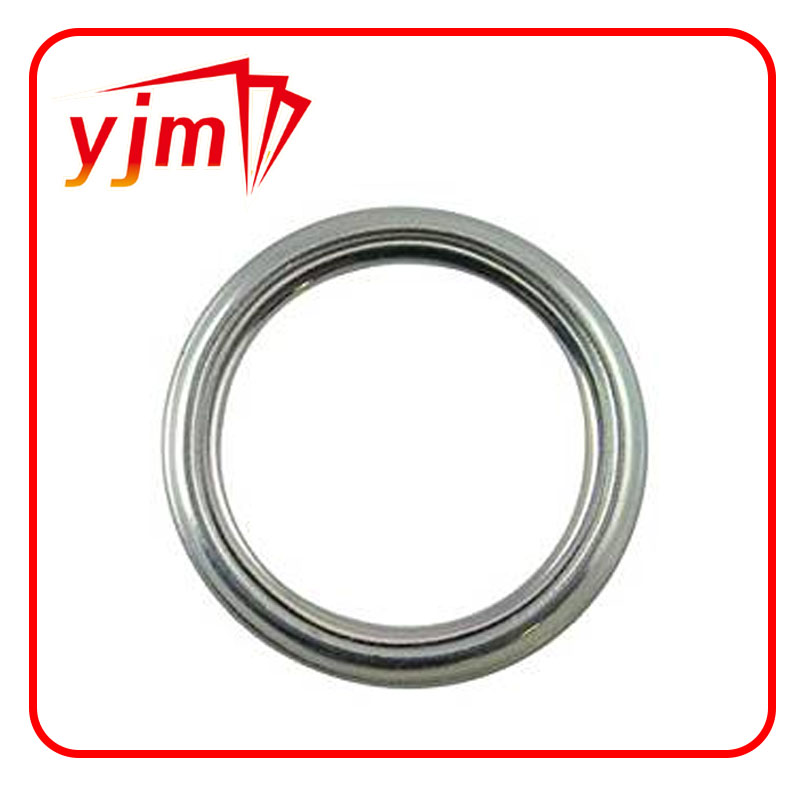boat shaft bearings
Understanding Boat Shaft Bearings Key Components for Marine Efficiency
When it comes to the efficient operation of a boat, especially in terms of propulsion and maneuverability, the importance of the boat shaft bearings cannot be overstated. These crucial components play a pivotal role in transferring power from the engine to the propeller, ensuring smooth and effective movement through the water. In this article, we will explore the functions, types, maintenance, and selection of boat shaft bearings, shedding light on their significance in marine engineering.
Functions of Boat Shaft Bearings
Boat shaft bearings are designed to support the rotating shaft that connects the engine to the propeller. They serve several key functions
1. Support Bearings help support the weight of the shaft, preventing excessive movement or sagging, which can lead to mechanical failure. 2. Alignment Proper alignment is essential for efficient operation; bearings ensure that the shaft remains aligned with the propeller and the engine, minimizing wear and tear. 3. Reduction of Friction Bearings are crucial in reducing friction between the moving parts of the shaft assembly. This reduction not only improves efficiency but also minimizes the heat generated during operation, enhancing the lifespan of components. 4. Absorption of Shock and Vibration During operation, a boat experiences various forces and vibrations. Bearings absorb these shocks, protecting the shaft and associated components from damage.
Types of Boat Shaft Bearings
There are several types of boat shaft bearings, each designed for specific applications and operating conditions
1. Rubber Bearings Often used in leisure crafts, rubber bearings provide excellent shock absorption and resist corrosion, making them suitable for various marine environments.
2. Bronze Bearings Known for their durability and strength, bronze bearings are common in larger vessels. They handle high loads and are resistant to wear, but proper lubrication is essential to prevent overheating.
3. Composite Bearings These modern bearings combine materials such as polymers and metals to offer resistance to corrosion and wear. With low friction coefficients, composite bearings enhance efficiency and reduce maintenance needs.
4. Tapered and Straight Bearings Tapered bearings can provide better load distribution and friction reduction, while straight bearings are simpler and often used in less demanding applications.
Maintenance of Boat Shaft Bearings
Regular maintenance of boat shaft bearings is vital to ensure longevity and optimal performance. Here are some key maintenance tips
boat shaft bearings

1. Regular Inspections Inspect bearings for signs of wear, corrosion, or damage. Look for play in the shaft, unusual noises, or vibrations during operation.
2. Lubrication Ensure bearings are adequately lubricated according to manufacturer specifications. Insufficient lubrication can lead to increased friction, overheating, and ultimately, failure.
3. Alignment Checks Regularly check the alignment of the shaft and bearings. Misalignment can cause excessive wear and stress on components.
4. Environmental Considerations Pay attention to the operating environment and conditions. Saltwater, for instance, can increase the rate of corrosion, so protective measures should be taken.
Selecting the Right Boat Shaft Bearing
Choosing the appropriate shaft bearing is critical to achieving optimal boat performance. When selecting bearings, consider the following factors
1. Load and Speed Evaluate the expected load on the shaft and the speed at which it will operate. Different materials and design types handle varying loads and speeds.
2. Corrosion Resistance Depending on the marine environment, select bearings that can resist corrosion, especially if operating in saltwater.
3. Maintenance Needs Some bearings require more frequent maintenance than others. Choose a type that fits your maintenance schedule and capabilities.
4. Compatibility Ensure that the bearings are compatible with both the engine and the propeller system. Compatibility will affect performance and longevity.
Conclusion
Boat shaft bearings may be small components, but their role in maritime engineering is undeniably significant. As essential parts of the propulsion system, they contribute to efficiency, durability, and overall marine safety. Understanding the various types of bearings, their maintenance requirements, and the factors influencing their selection is crucial for anyone involved in boating, whether as a casual user or a marine engineer. Proper care and selection of boat shaft bearings will ensure a vessel is well-equipped to navigate the waters smoothly and efficiently, providing enjoyable and safe experiences for all on board.
-
Versatile Sealing Solutions: Understanding the Power of the Seal Ring and O Ring
News Jun.18,2025
-
The Unsung Heroes of Sealing: Exploring the Role of O Rings Limited in Oil Systems
News Jun.18,2025
-
Sealing the Future: Advanced Applications of O Rings and Seals in Modern Industries
News Jun.18,2025
-
Protecting Your Engine: A Complete Guide to the Rear Crank Seal
News Jun.18,2025
-
Mastering Automotive Sealing: The Role of the Car O Ring and Supporting Components
News Jun.18,2025
-
Exploring Advanced Sealing Solutions: The Role of O Ring Company Expertise and Innovative Products
News Jun.18,2025
-
Understanding Cassette Seals: The Advanced Solution for Sealing Performance
News Jun.17,2025
Products categories















